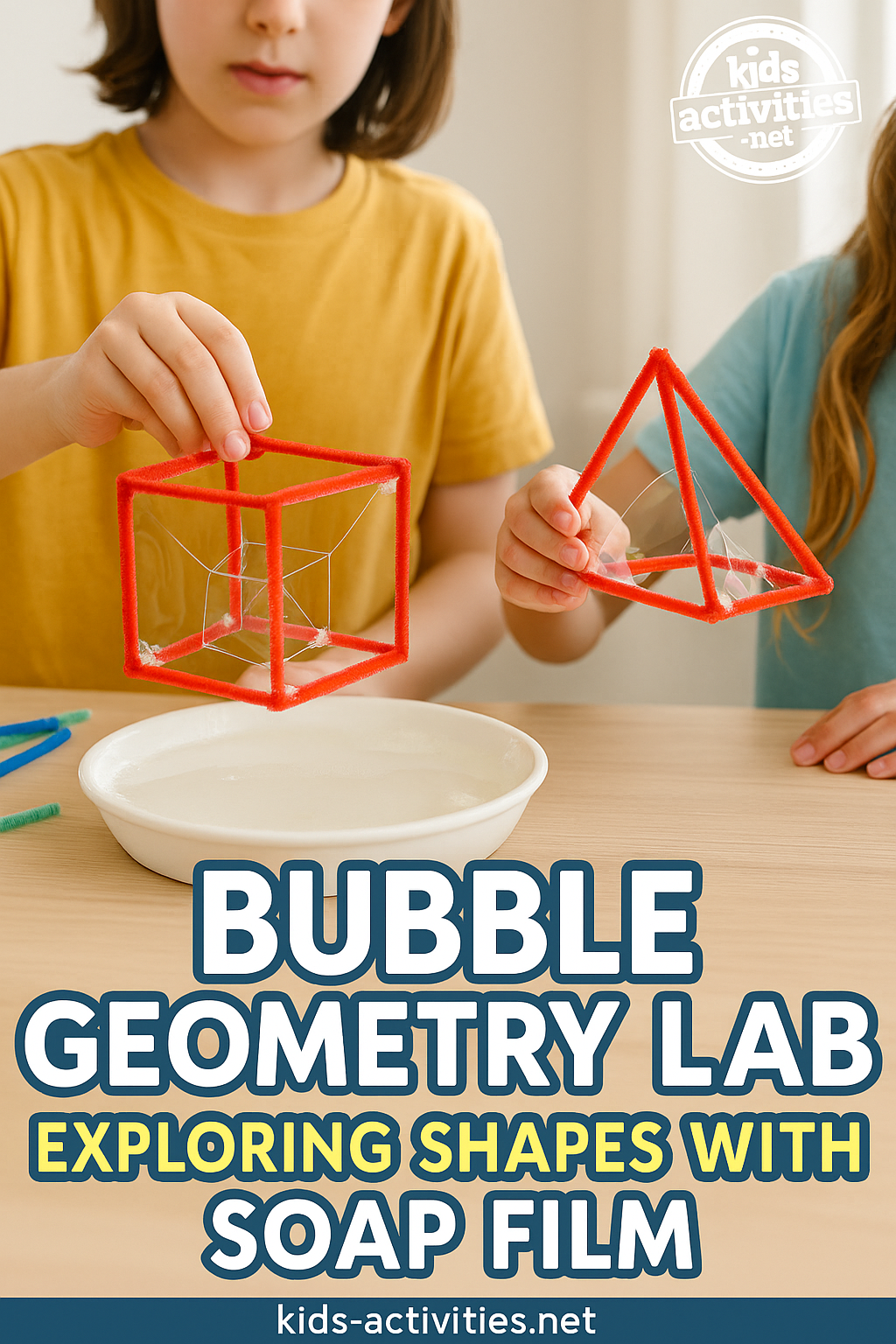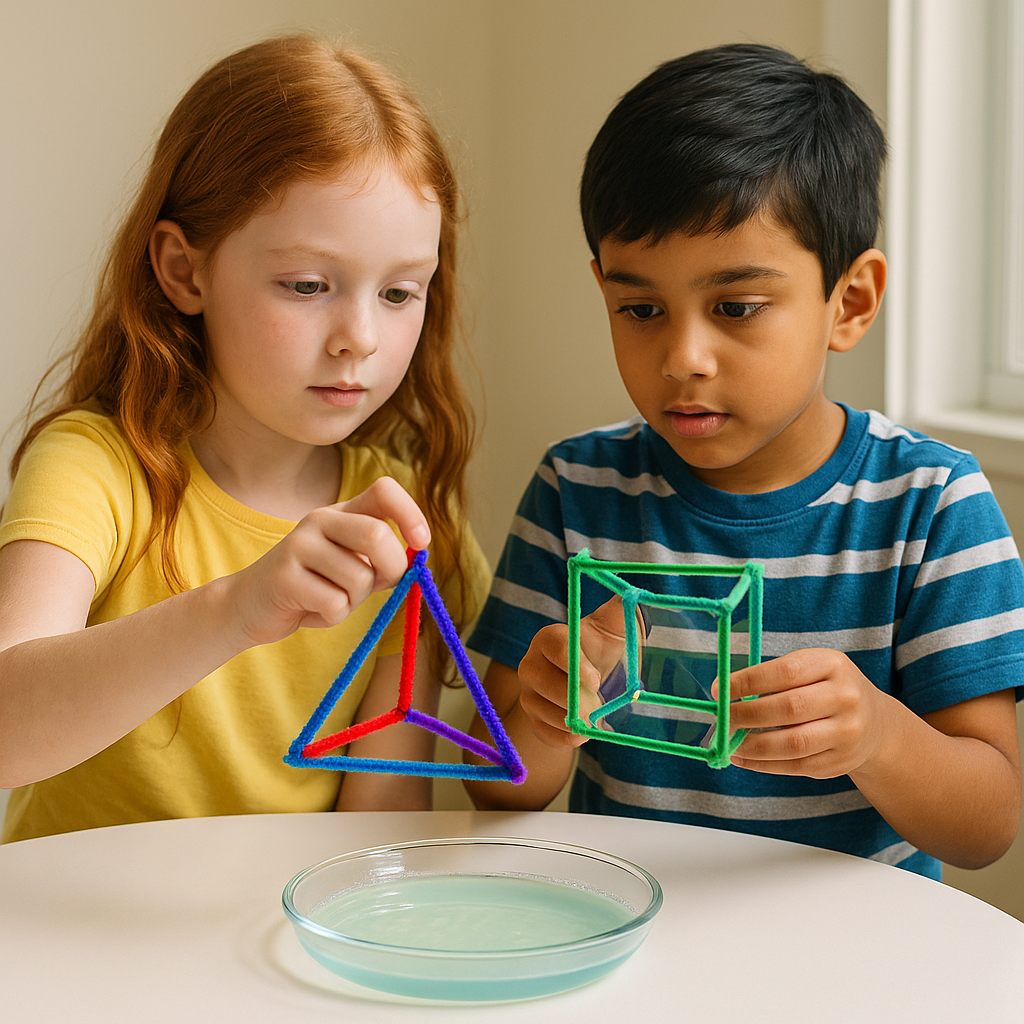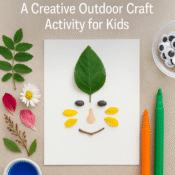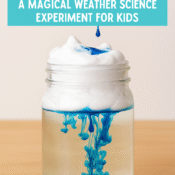
Bubble Geometry Lab: Exploring Shapes with Soap Film
Where math meets magic — discover symmetry, tension, and structure through dazzling bubbles!
Why Geometry Feels Hard (Until It Pops!)
Let’s be honest—many children (and adults!) find geometry abstract, dry, or even confusing when presented with only worksheets and formulas.
But what if they could actually see geometry in action, floating in midair, shimmering in the light?
Enter: soap film geometry experiments. This activity lets kids physically build 3D shapes and observe how soap bubbles form minimal surfaces—naturally choosing the most efficient path between edges.
It’s an unforgettable fusion of STEM learning, hands-on building, and visual discovery.
The Science of Soap Film Structures
Soap films follow a basic principle from physics: they always try to minimise surface area. When you dip a geometric shape (like a cube or pyramid) into bubble solution, the soap film will form beautiful internal surfaces and tension-based lines.
This makes them perfect for introducing:
- Geometry concepts like vertices, edges, and faces
- Minimal surface area
- Surface tension and symmetry
- Visualising math in 3D space
Kids can literally “hold” geometry in their hands.
What You’ll Need
Best for Ages: 8–12
Activity Time: ~45 minutes
STEM Category: Physics + Geometry
Mess Level: Medium
Materials
- Pipe cleaners or straws
- Scissors
- Bubble solution (water + dish soap + a bit of glycerin)
- Small shallow dish or tray
- Optional: geometric shape templates (included in PDF)
Step-by-Step: Create Your Bubble Geometry Lab
Step 1: Build Your 3D Shape Frames
Use pipe cleaners to make geometric wireframes:
- Cube: 6 square faces, 12 edges
- Tetrahedron: 4 triangular faces
- Pyramid: 1 square base + 4 triangle sides
Twist the ends together to form solid structures. Try starting with a cube—it gives dramatic results!
Step 2: Mix Your Bubble Solution
In a bowl, combine:
- 1 cup warm water
- 2 tablespoons dish soap
- 1 teaspoon glycerin (optional, for stronger bubbles)
Let it sit for a few minutes. The longer it rests, the better.
Step 3: Dip and Observe
Dip your 3D shape frame slowly into the solution, then lift it out. Watch closely:
- What shapes form inside?
- Are they symmetrical?
- Can you spot tension lines or unexpected patterns?
Pro tip: Hold the shape in front of a dark surface for better visibility.
Step 4: Try Other Shapes and Compare
Repeat the process using other frames. Draw what you see!
Ask:
- Which shapes make the most surprising patterns?
- Where do bubbles always attach?
- Can you explain why the soap film chooses certain angles?
This is visual science in action!
Step 5: Record and Reflect
Print the “Soap Film Sketch Sheet” (from the PDF) and have kids draw the internal shapes they see.
Then, encourage them to name their favourite shape and explain why. You can even build a display of “Bubble Architecture.”

Fast Variant: 2D Soap Film on Straws
Cut a straw into four parts and form a square. Dip it in solution and observe the film that forms. Try triangles or hexagons!
Ideal for younger kids or tight classroom schedules.
What Kids Learn
- Geometry vocabulary: vertices, faces, symmetry
- STEM observation skills: sketching, analysing
- Physics principles: tension, minimal surfaces
- Design thinking: modifying structures for effect
All through a playful, hands-on experience.
Free Download: Bubble Geometry Lab PDF
Your printable PDF includes:
- 3D shape templates
- Soap film sketch worksheet
- Geometry vocabulary reference
- Certificate of Completion: “Bubble Geometry Explorer”
Parent Feedback
“We’ve never seen anything like this! My son dipped a cube and saw a star shape appear inside. He was amazed.”
— Natalie T., Brisbane
“It turned geometry into something tangible and fun. My daughter asked to try it again the next day.”
— Henry K., Vancouver
Keep Exploring
- Spinning Science: Tornado Tube STEM Challenge
- Cardboard Marble Maze Design
- pH Balloon Indicator Science Kit
Final Thoughts: Geometry You Can Touch
This isn’t just a science experiment—it’s a visual journey into geometry that feels magical. Kids don’t just learn; they experience.
And sometimes, a bubble is all it takes to make math stick.




